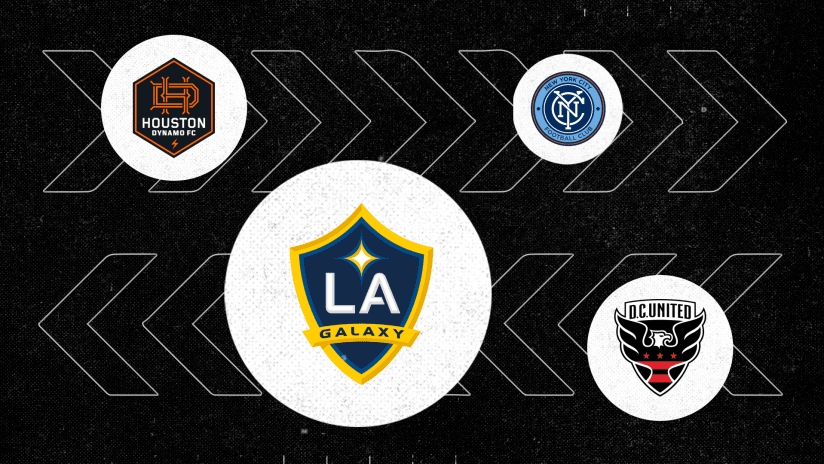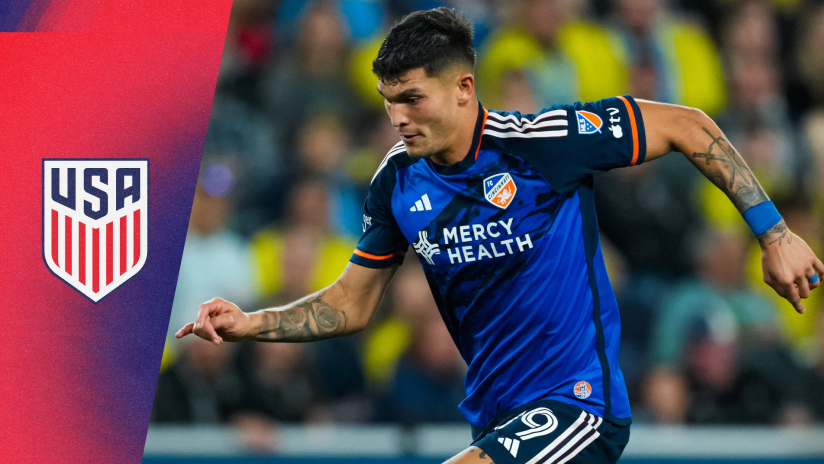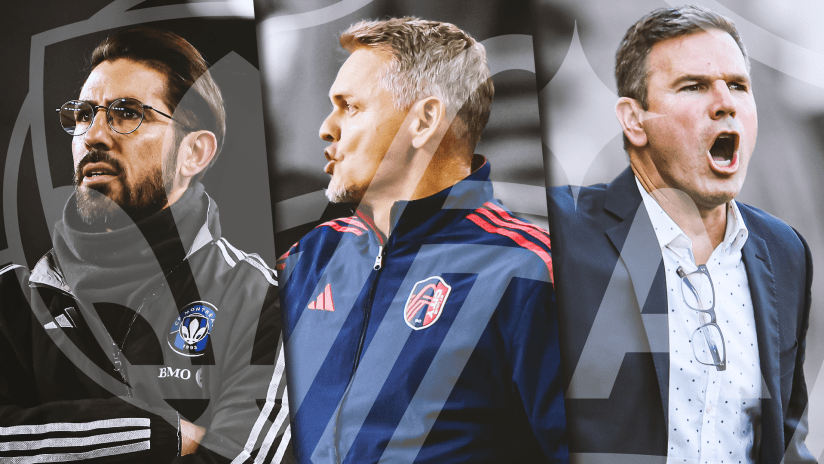In the nine US men's national team games Walker Zimmerman and Miles Robinson started together, they went 7W-1L-1D with six clean sheets and a +16 goal differential.
The only loss came at Costa Rica on the final day of World Cup qualifying, when qualification was 99.9% set. Two of the four goals conceded together came that day. Another one was a penalty kick. The fourth was when Robinson had already been subbed out in the rout of Panama.
Zimmerman and Robinson seemed locked in as first-choice CBs for the Qatar 2022 World Cup in November. But that plan was shattered when Robinson went down Saturday with an injury in Atlanta United's 4-1 win over Chicago Fire FC, now confirmed to be a ruptured left Achilles tendon.
Injuries suck. On a human level, it’s hard to come up with anything but empathy for Robinson. He knew it immediately when he went down. It wasn’t as much physical pain as it was the mental realization that his dream of going to the World Cup – one he earned with his stellar play – was slipping away, through no fault of his own, but one bad step and cruel fate.
“We are devastated for Miles,” USMNT head coach Gregg Berhalter said. “He had established himself as a top performer throughout last year and World Cup qualifying. We will be thinking of him and wishing him a successful recovery process.”
It goes without saying that I’m no doctor. I mean, just look at me and read the words I write. So maybe seek out a medical professional for confirmation on this, but it’d be wildly sanguine, if not straight-up denial, to keep hope for anything short of a medical miracle that Robinson is even cleared to play, let alone be in World Cup form, come November (six months away).
Aaron Long was rightly celebrated for returning to a pre-camp training eight months after his Achilles injury and then playing a competitive game after nine months, both of which were ahead of schedule. That was the exception, not the rule. Sports medicine has advanced, so thankfully an Achilles injury isn’t the career-altering diagnosis it once was, particularly for players in their 20s rather than 30s (Robinson is 25, Long is 29).
From a USMNT perspective, it’s a new problem that needs a solution from Berhalter and his staff. A big problem, in fact.
Below are potential solutions, in terms of winning a starting job next to Zimmerman and playing for a roster spot that likely just opened up. The tiers are more important than the order in which the players are listed within those tiers. But they’re also ordered as such for a reason, you know?
- Chris Richards (Bayern Munich, Germany)
- Aaron Long (New York Red Bulls, MLS)
Prior to picking up a broken foot in a January match against Canada, Chris Richards started four out of five WCQs between October and January. He seemed to be making headway as first-choice or at least in the first-choice rotation with three-match windows.
Richards is likely going to get the chance to prove he fits next to Nashville SC's Zimmerman, as long as he’s fit and ready. His Bundesliga season ended prematurely with a hamstring injury. He only made three appearances after recovering from the broken foot suffered in January and hasn’t played since April 17. The 22-year-old has made 35 Bundesliga appearances between Hoffenheim and Bayern Munich.
Speaking of injuries, a torn Achilles of his own took Long out of the majority of WCQ. But before getting hurt, he was a constant under Berhalter. The New York Red Bulls captain returned ahead of schedule, was named to the final window in March and made two substitute appearances to close out qualifying. He’s fit and in form at the club level with RBNY.
I do think there’s a big space between this tier and the next. If I had to guess, my assumption would be Richards or Long wins it early. Or some combination of them both in rotations.
It’s obviously not out of the question that another player rises – hell, Zimmerman wasn’t even originally named to the second WCQ squad before being a late addition – but the heavy favorite is one of Richards or Long next to Zimmerman at this stage.
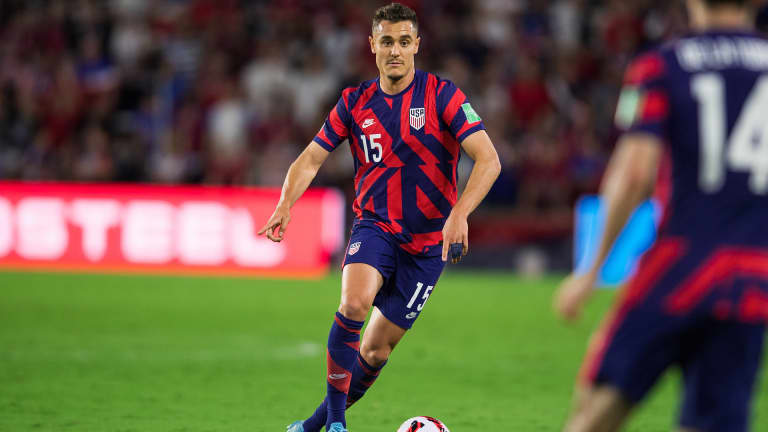
- Erik Palmer-Brown (Troyes, France)
- Cameron Carter-Vickers (Celtic, Scotland)
- James Sands (Rangers, Scotland)
- Mark McKenzie (Genk, Belgium)
In COVID times, international tournaments have sometimes allowed teams to name 26 players to a roster instead of the typical 23. Regardless of the final number, four center backs will likely be named. Maybe a fifth if it’s 26. Berhalter and his staff named five center backs to the 27-man group for the March window.
That preamble is to signify that Zimmerman is a lock. I think Chris Richards is a lock now with Robinson’s injury (if he wasn't already) and Long probably is, too. That leaves one spot (maybe two) to fight for on the center back depth chart.
Erik Palmer-Brown was a surprise inclusion to the final WCQ roster, with Mark McKenzie (and others) again left off. He appeared off the bench in that window (vs. Mexico at the Estadio Azteca), while James Sands did not. Palmer-Brown has been a constant for Troyes in Ligue 1 since the winter as they’ve all but mathematically avoided relegation. It's been a really good move for him.
Sands, meanwhile, has been second-choice for Rangers since arriving in Scotland this summer on loan from NYCFC. He does have the versatility bonus in playing at defensive midfield or center back.
Cameron Carter-Vickers has been in the best form of anyone in this group, playing a prominent role for Celtic as they won the title in Scotland over Sands’ Rangers. He’s on loan from Tottenham and a number of clubs, including Celtic, are trying to sign him this summer.
There’s an argument to move McKenzie down to the next tier, but McKenzie is still only 23. The Philadelphia Union product has been in and (mostly) out of Genk’s starting XI since the fall and didn't appear in any of the USMNT's final nine WCQs.
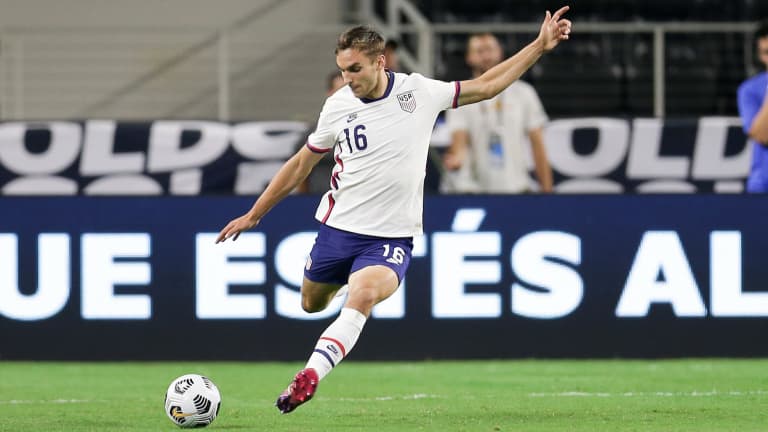
- Tim Ream (Fulham, England)
- John Brooks (Wolfsburg, Germany)
- Auston Trusty (Colorado Rapids, MLS)
Tim Ream actually started the first game of the qualifying cycle, that 0-0 draw at El Salvador. He was on the bench for the next two games and had to pull out of the October squad for family reasons. He was replaced by Zimmerman. Ream hasn’t been called up since.
The 34-year-old was a model of consistency for Fulham this year, starting all 46 games as the club won the Championship title. Will he get a chance to win a place in June, over friendlies and Nations League games? Those rosters will show if he’s truly within contention or not.
Ditto for John Brooks, who has been away from the national team since September. It’s been quite the dip for the 29-year-old, who was on the 2014 World Cup squad and had been mostly viewed as first-choice since then. The 29-year-old will leave Wolfsburg this summer after his contract expires.
Like Ream, the June roster announcement will be telling for Brooks’ chances.
Auston Trusty, meanwhile, was named to the domestic-heavy December roster after his resurgence with the Colorado Rapids. He’s being transferred to Arsenal this summer (who have already said they will loan him out somewhere).
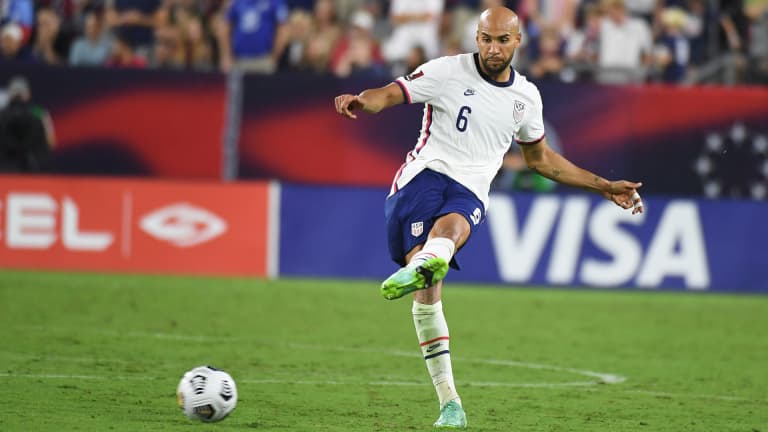
- Matt Miazga (Deportivo Alaves, Spain)
- Henry Kessler (New England Revolution, MLS)
- Justin Che (Hoffenheim, Germany)
Another loan away from Chelsea for Matt Miazga has not gone to plan, struggling for playing time at Deportivo Alaves. It is the seventh club (!) at which Miazga has featured in a senior-level game. He’s only 26.
Miazga has appeared in eight games for Alaves, who are currently bottom of La Liga in Spain. He has started just one time since mid-January. It’ll be another new club next season for the RBNY academy product.
Henry Kessler is probably the best bet for an off-the-radar MLS center back, given he was with the U23s for Olympic Qualifying and then at that December camp. He's immensely important to New England, too.
Justin Che is probably the best bet for a rising young defender, though it’s unclear if Berhalter views him as a right back or center back, as the 18-year-old can play both. Still, he’s made just one senior appearance for Hoffenheim after joining this winter on loan from FC Dallas, so it’s a long shot.
Center back is obviously more difficult than other positions on the field to break into as a young player and it’s more difficult to show a hot run of form to get a look than an attacking spot. In other words: It’s much harder to go from off-the-radar and onto the roster in short order.

